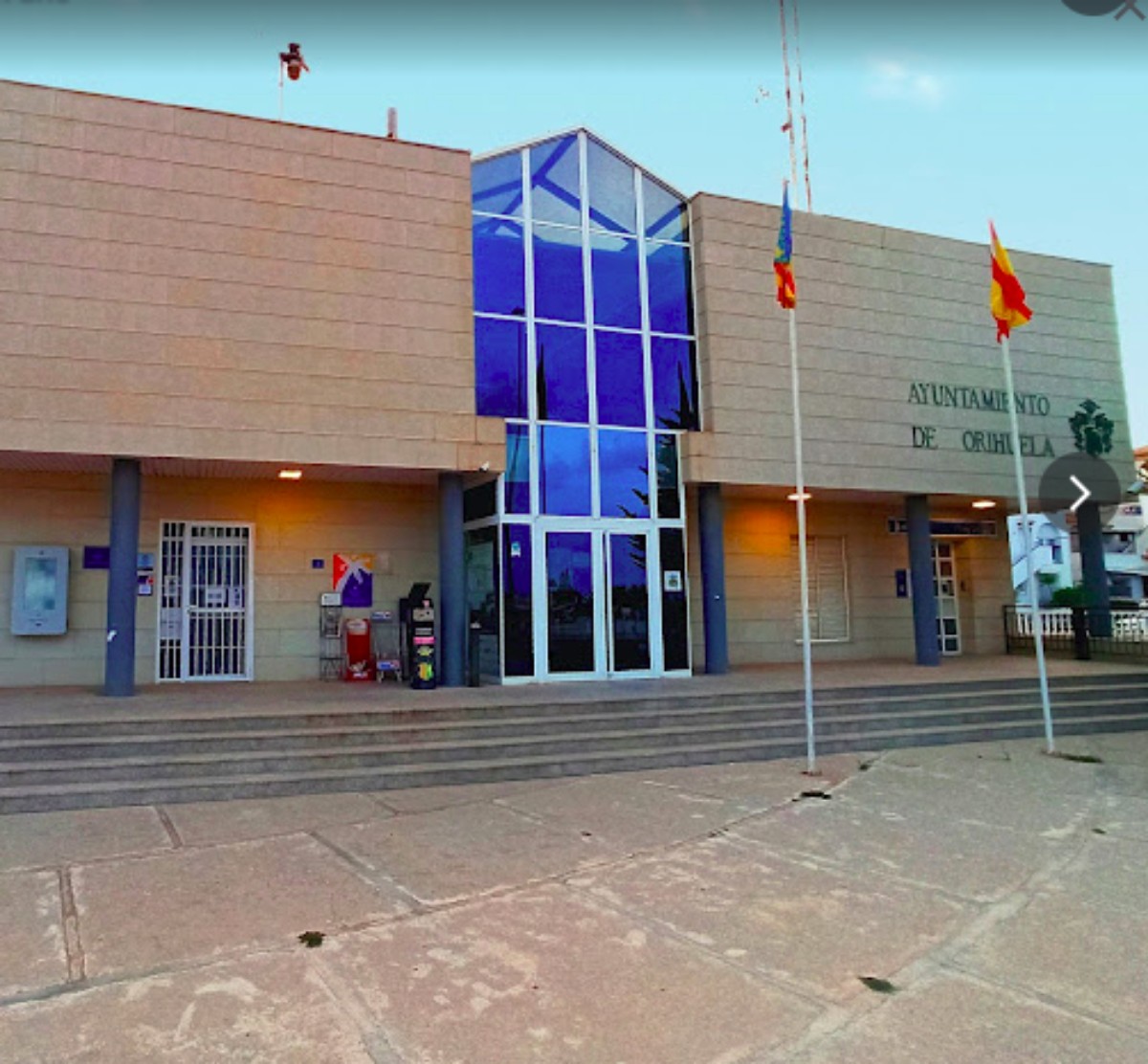Por Román Villalba //
Esta semana hemos sido testigos del desencuentro entre las autoridades municipales y los residentes europeos, en su mayoría angloparlantes, que se vieron afectados por el incendio de Las Ramblas de Oleza en la Urbanización Ramblas Club de Golf el domingo pasado. Mientras las autoridades municipales, con el alcalde Vegara a la cabeza, recorrieron la zona y estuvieron atentos por el desarrollo del incendio, los residentes de la urbanización con su presidente angloparlante se sintieron desatendidos.
Y lo que realmente ha sido el objeto de polémica con acusaciones cruzadas de faltar a la verdad: mientras el alcalde Vegara sostiene que se habilitó alojamiento de urgencia para los evacuados en el Centro Deportivo Municipal, el presidente de la urbanización asegura que los afectados se enteraron del ofrecimiento por el video del alcalde en redes sociales.
Seguramente las dos partes tiene razón. Pasaron las dos cosas. Una ocurrió en español y la otra paso en ingles. Como casi todo lo que ocurre en Orihuela Costa, una sociedad multicultural donde se hablan múltiples idiomas, pero ninguno en común para comunicar las cosas que de verdad importan, las cosas de todos.
Sorprende que los representantes municipales no fueran acompañados al incendio desde el minuto uno por alguien con inglés fluido
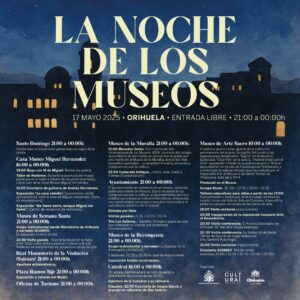
Sorprende que los representantes municipales que se personaron en Las Ramblas, zona de residentes europeos, no fueran acompañados desde el minuto uno por alguien que manejara un ingles fluido, para poder comunicar de forma efectiva y eficiente con los vecinos.
Y esta situación, más parecida a la bíblica imagen de la Torre de Babel, no es una excepción. No hay más que pasar un rato en el ayuntamiento de la costa en Playa Flamenca para comprobar cuanta dificultad tienen los residentes europeos para efectuar sus gestiones.
El ayuntamiento no dispone de nadie capaz de atender en un idioma común y solo la buena voluntad de algunos funcionarios que hablan más o menos idiomas, o los esfuerzos del vecino afectado en un «macarronico» español consiguen sacar adelante la gestión, no siempre bien, no siempre a gusto de todos.
Parece como si Orihuela no quisiera dar a conocer su rica y antigua cultura a los residentes de la costa
Tampoco ayuda que los folletos turísticos municipales (programa de semana santa, noche de los museos, rutas culturales… ) sean estrictamente en español. Parece como si Orihuela no quisiera dar a conocer su rica y antigua cultura a los residentes de la costa. Tanto como se presume de inversiones en la promoción turística se desatiende a los turistas extranjeros mas cercanos, los que viven en la costa.
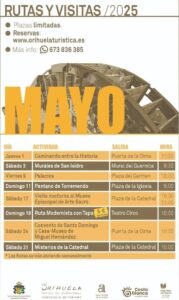
Otro ejemplo, en la ultima Junta de Distrito, donde la asistencia al salón fue mayoritariamente extranjera, ningún representante público hizo esfuerzo alguno por comunicar en otro idioma que no fuera el español. Es más, cuando un representante vecinal de nacionalidad española, Román Jimenez, intento traducir al inglés lo que el mismo había dicho en español, otra representante vecinal le recrimino que se hablara en otro idioma que no fuera el patrio, lo que apoyó el presidente de la Junta, Manuel Mestre (VOX), que, sin embargo, presumió de hablar varios idiomas, seguramente en la intimidad.
¿Si es normal el multilingüismo en hostelería y servicios, por que no en la comunicación entre el vecino y su ayuntamiento?
¿Si desde el ayuntamiento de Orihuela se ve con normalidad que los establecimientos hosteleros faciliten cartas en varios idiomas, que todos los establecimientos se comuniquen mal que bien en varios idiomas, que en la costa se hablen múltiples idiomas, por que no se facilita la comunicación e información al vecino extranjero con su administración más cercana?. Luego no se extrañen del aumento de la desafección, la incomprensión y el alejamiento del vecino de la costa respecto a la cosa publica.
ESFUERZOS DE INTEGRACIÓN LINGÜÍSTICA
Aunque el panorama de la iniciativa publica, en términos de integración lingüística, es desolador, destacan algunos esfuerzos desde la iniciativa privada que se hacen de forma altruista. Existe un grupo de conversación que se reúne en Mary Mac,s, C/Diamante,5 a las 18:00 horas todos los jueves para practicar ingles, francés y español con nativos y nativas de cada uno de los idiomas. Seguramente hay más, ojala haya más y se conozcan.
Enlace a grupo de conversación //Link to chat group
¿CUANTOS RESIDENTES EXTRANJEROS HAY EN ORIHUELA COSTA?
Orihuela Costa es una zona con una alta presencia de residentes internacionales, especialmente británicos (irlandeses e ingleses) que es la comunidad más numerosa, con presencia mayoritaria en zonas de Cabo Roig, La Zenia o Campoamor – excepto en zonas de Barranco Rubio y La Glea, donde los residentes son mayoritariamente españoles- .
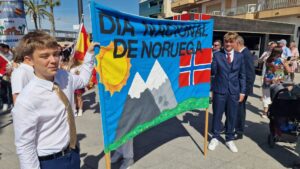
También es significativa la presencia de alemanes, belgas, nórdicos y holandeses, con presencia principal en las zonas del interior de toda la costa. En aumento, los residentes rusos, ucranianos, polacos y rumanos. Por ultimo, en crecimiento, se van implantando latinoamericanos, argentinos, colombianos o incluso venezolanos y brasileños.
Según el Instituto Nacional de Estadística la población extranjera en Orihuela Costa esta en torno al 65 % frente a la población extranjera de toda Orihuela, en torno al 35 % , lo que indica que la mayoría de los vecinos residentes no españoles radica en la costa. La población de Orihuela alcanza casi los 100.000 habitantes de los cuales 35.000 son extranjeros. La gran mayoría residen en la costa o zonas cercanas como Villamartin pudiendo alcanzar los 25.000 de forma permanente o por temporadas largas, más aún si contamos temporadas cortas o estacionales.
VERSIÓN DE LAS RAMBLAS GOLF CLUB //LAS RAMBLAS GOLF CLUB VERSION
ORIHUELA TOWN COUNCIL VERSION // VERSIÓN DEL AYUNTAMIENTO de ORIHUELA

Las Ramblas fire, an example of how nothing is being done for integration in Orihuela Costa
This week we have witnessed a disagreement between the municipal authorities and the European residents, mostly English speaking, who were affected by the fire in Las Ramblas de Oleza in the Urbanisation Ramblas Club de Gof last Sunday. While the municipal authorities, with Mayor Vegara in the lead, toured the area and kept an eye on the fire, the residents of the urbanisation with its English-speaking president felt neglected.
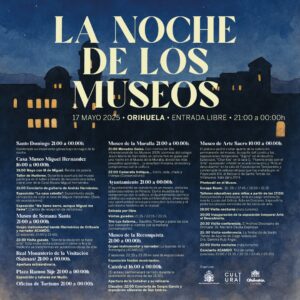
And what has really been the subject of controversy with cross accusations of misrepresentation: while Mayor Vegara claims that emergency accommodation was provided for evacuees in the Municipal Sports Centre, the president of the urbanisation claims that those affected found out about the offer from the mayor’s video on social networks.
Surely both parties are right. Both things happened, one in Spanish and the other in English; like almost everything that happens in Orihuela Costa, a multicultural society where multiple languages are spoken, but none in common to communicate the things that really matter, the things that belong to everyone.
It is surprising that the municipal representatives were not accompanied to the fire from minute one by someone fluent in English.
It is surprising that the municipal representatives who went to Las Ramblas, an area of European residents, were not accompanied from the first minute by someone fluent in English to be able to communicate effectively and efficiently with the neighbours; that they had to resort to a kindly civil servant who was doing another job to interlocue with the neighbours who were affected by the problem, and that they were not accompanied by someone fluent in English to be able to communicate effectively and efficiently with the neighbours.
And this situation, more akin to the biblical image of the Tower of Babel, is no exception. You only have to spend some time in the town hall on the coast in Playa Flamenca to see how difficult it is for European residents to do their business. The town hall has no one able to attend to them in a common language, only the good will of a few officials who speak more or less languages or the efforts of the neighbour concerned in a macaronic Spanish manage to get things done, not always well, not always to everyone’s liking.

It seems as if Orihuela does not want to make its rich and ancient culture known to the residents of the coast.
Nor does it help that the municipal tourist brochures (Semana Santa programme, museum night, cultural routes) are strictly in Spanish. It seems as if Orihuela does not want to make its rich and ancient culture known to the residents of the coast. As much as it boasts of investment in tourism promotion it neglects the foreign tourists who live on the coast.
At the last district meeting, where the majority of the attendees were foreigners, no public representative made any effort to communicate in any language other than Spanish. What is more, when a neighbourhood representative of Spanish nationality, Román Jimenez, tried to translate what he had said in Spanish into English, another neighbourhood representative reproached him for speaking in a language other than his own, which was pointed out by the president of the Junta, Manuel Mestre (VOX), who nevertheless boasted of speaking several languages.
If multilingualism is normal in hotels and services, why not in the communication between residents and their town hall?
If the Orihuela town hall sees it as normal that hotel establishments provide letters in several languages, that all establishments communicate in several languages, that on the coast multiple languages are spoken, why not facilitate communication and information to foreign residents with their nearest administration?. Then don’t be surprised about the increasing disaffection, misunderstanding and alienation of the coastal residents from public affairs.
EFFORTS AT LINGUISTIC INTEGRATION
Although the panorama of public initiative in terms of linguistic integration is bleak, some efforts are being made by private initiative in an altruistic way. In this sense, there is a conversation group that meets at Mary Mac,s, C/Diamante,5 at 18:00 every Thursday to practice English, French and Spanish with native speakers of each language. There are probably more, hopefully there will be more and they will get to know each other.
HOW MANY FOREIGN RESIDENTS ARE THERE IN ORIHUELA COSTA?
Orihuela Costa is an area with a high presence of international residents, especially British (Irish and English) who are the largest community, with a majority presence in areas of Cabo Roig, La Zenia and Campoamor – except in areas of Barranco Rubio and La Glea, where the residents are mainly Spanish. Also significant is the presence of Germans, Belgians, Nordics and Dutch, mainly in inland areas along the coast. Russian, Ukrainian, Polish and Romanian residents are on the increase. Finally, Latin Americans, Argentinians, Colombians and even Venezuelans and Brazilians are on the increase.
According to the National Institute of Statistics the foreign population in Orihuela Costa is around 65 % compared to the foreign population of Orihuela as a whole, around 35 %, which indicates that the majority of non-Spanish residents live on the coast. The population of Orihuela reaches almost 100,000 inhabitants of which 35,000 are foreigners. The vast majority reside on the coast or in nearby areas such as Villamartin and can reach 25,000 on a permanent or seasonal basis, even more if we count short or seasonal periods.
